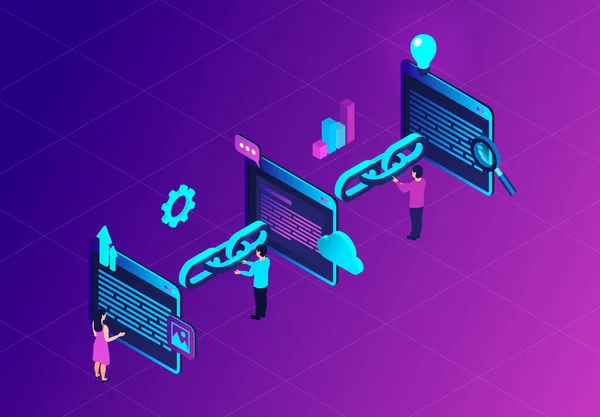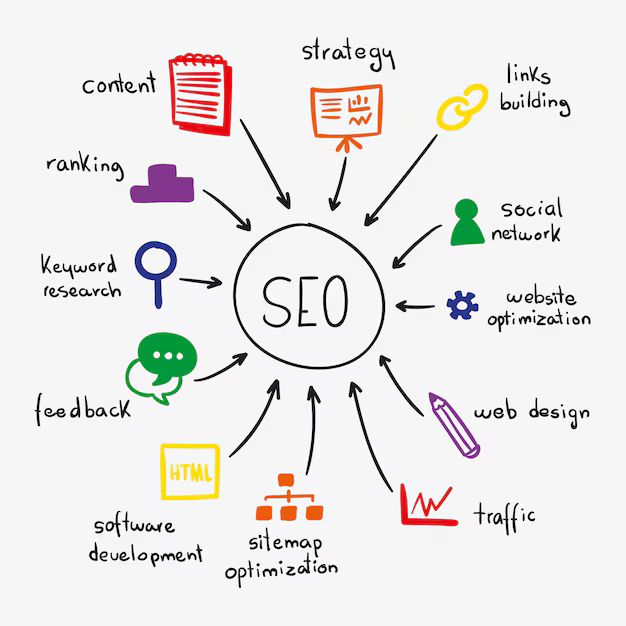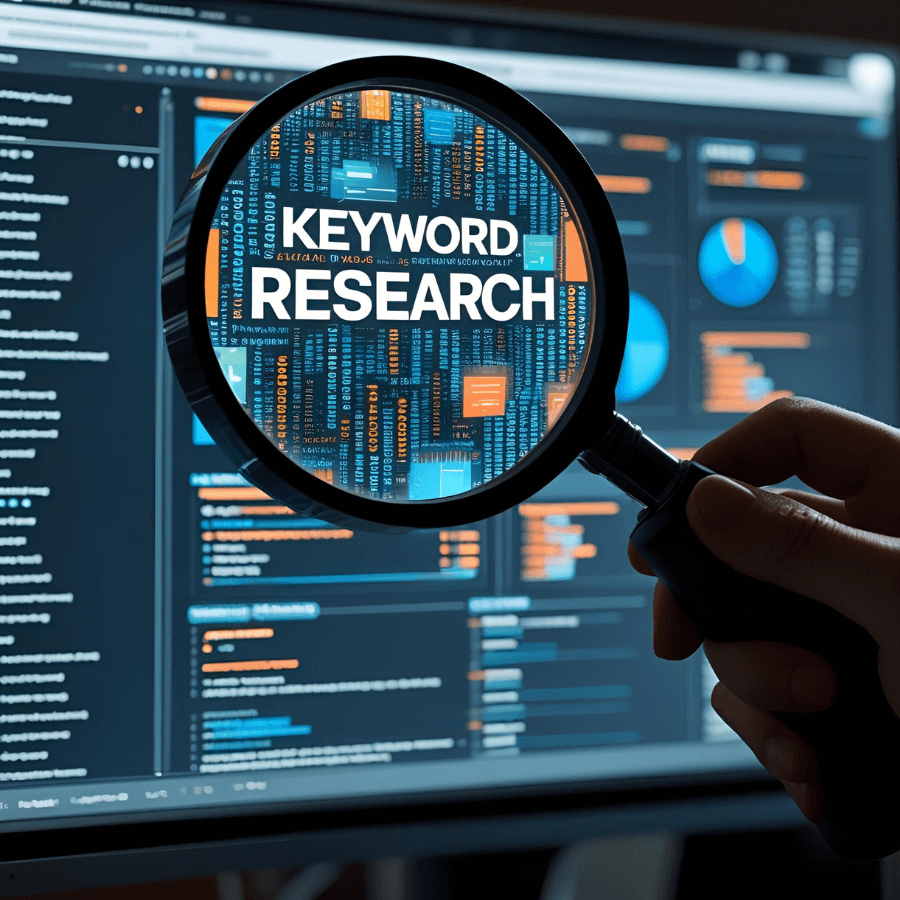What are internal links?
Internal links are hyperlinks that connect different pages within the same website. They serve as navigational tools that help users and search engines discover and understand the relationship between various pages on your site. These links are crucial for establishing site hierarchy, distributing page authority, and improving user experience through better content discovery.
Why are internal links important?
Internal links are crucial because they help establish site architecture, improve user navigation, and distribute link equity throughout your website. By implementing a strategic internal linking structure, you enhance the discoverability of your content, help search engines understand your site's hierarchy, and improve the overall user experience by providing clear pathways to related content.
What types of internal links can I use?
How do I maintain effective internal linking?
How do I create an internal linking strategy?
What are the benefits of internal linking for SEO?
Internal linking encompasses various elements, each designed to enhance your site's structure and user experience. Key aspects include navigational links, contextual links, footer links, and breadcrumb navigation. Using the right combination of these elements ensures your content is effectively connected and easily accessible to both users and search engines.
Effective internal linking maintains quality through strategic placement, relevant anchor text, and proper link distribution. These connections should follow a logical hierarchy, support user navigation, and align with your site's overall structure. Regular audits and updates ensure your internal linking strategy remains effective and supports your SEO goals.
Start by analyzing your site structure and identifying key pages and content relationships. Create a clear hierarchy that guides users through your content naturally. Implement contextual links within your content, ensure navigation menus are well-structured, and regularly review your internal linking strategy to identify and fix broken links or improve link distribution.
Internal linking helps websites improve their search engine visibility, enhance user navigation, and distribute page authority effectively. They can reduce bounce rates, increase page views, and help search engines better understand your site structure. This improved site architecture often leads to better rankings and increased organic traffic.

























